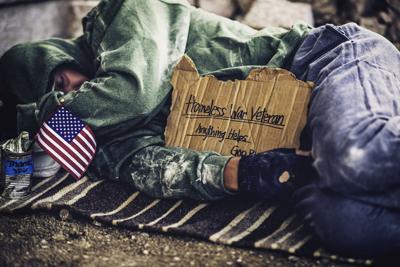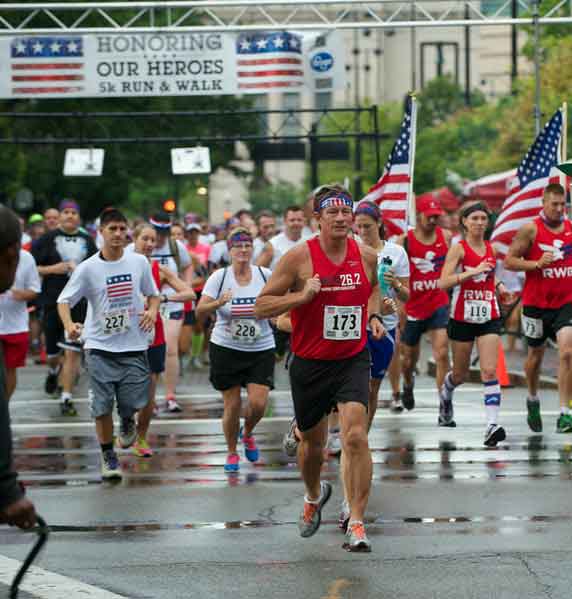© Copyright 2023 Kmarks Solutions. All rights reserved.
Homeless Veterans

A large number of displaced and at-risk veterans live with lingering effects of Post Traumatic Stress Disorder (PTSD), Traumatic Brain Injury (TBI) and substance abuse, compounded by a lack of family and social support networks. A top priority is to secure, safe and clean housing that offers support services. Veterans need a coordinated effort that provides housing, nutritional meals, physical health care, substance use treatment and mental health counseling, and job assessment, training, and placement assistance.
In many cases a veteran who serves his/her country – during peacetime or at war – experiences emotional, physical, and/or medical effects of that service. These effects can also have long term residual impacts upon the veteran’s mental stability and over all emotional well-being. It affects the very way the veteran perceives and interacts with his/her family, employer, co-workers, and their community. These effects can result in contact with law enforcement officials. Many veterans seem adverse to either admitting that they have a problem or to even identifying themselves as a veteran at all.
P.E.E.R.S. Caring Homes for Veterans provides screening, assessments, and individualized care management. P.E.E.R.S. Care Managers work in conjunction with VA primary health care, mental health care, substance use treatment, and other community based resource systems to serve the veteran’s individual needs. An Individual Service Plan (ISP) is a long-range plan to address the housing, medical, counseling, education, vocational, legal, financial, social and spiritual needs of the veteran. The ISP is developed by the Care Manager in conjunction with the veteran upon entry into the program. The ISP is reviewed weekly, progress is documented, goals are updated, and
adjusted, as necessary.
For a number of reasons, not all homeless veterans are forthcoming regarding their military service. For some, they do not realize that the fact they served in the military may qualify them as a veteran eligible for benefits. It is critical that staff and volunteers are aware of these issues and are informed of how to approach the veteran in a conversation that will garner the information necessary to assist the veteran, while taking into account their diverse backgrounds.
The U.S. Department of Veterans Affairs (VA) states that the nation’s homeless veterans are predominantly male, with roughly 9% being female. The majority are single; live in urban areas; and suffer from mental illness, alcohol and/or substance abuse, or co-occurring disorders. About 11% of the adult homeless population are veterans. Roughly 45% of all homeless veterans are African American or Hispanic, despite only accounting for 10.4% and 3.4% of the U.S. veteran population, respectively.
Homeless veterans are younger on average than the total veteran population. Approximately 9% are between the ages of 18 and 30, and 41% are between the ages of 31 and 50. Conversely, only 5% of all veterans are between the ages of 18 and 30, and less than 23% are between 31 and 50.
America’s homeless veterans have served in World War II, the Korean War, Cold War, Vietnam War, Grenada, Panama, Lebanon, Persian Gulf War, Afghanistan and Iraq (OEF/OIF), and the military’s anti-drug cultivation efforts in South America. Nearly half of homeless veterans served during the Vietnam era. Two-thirds served our country for at least three years, and one-third were stationed in a war zone. About 1.4 million other veterans, meanwhile, are considered at risk of homelessness due to poverty, lack of support networks, and dismal living conditions in overcrowded or substandard housing.
Donate Today to Help Us
End Veteran Homelessness.
Donate Today to Help Us
End Veteran Homelessness.
© Copyright 2023 Kmarks Solutions. All rights reserved.

Montgomery, AL 36116
© Copyright 2023 Kmarks Solutions. All rights reserved.

American Legion, Charles L Martin Post 1948 5th Veteran’s Day 5K Run/Walk